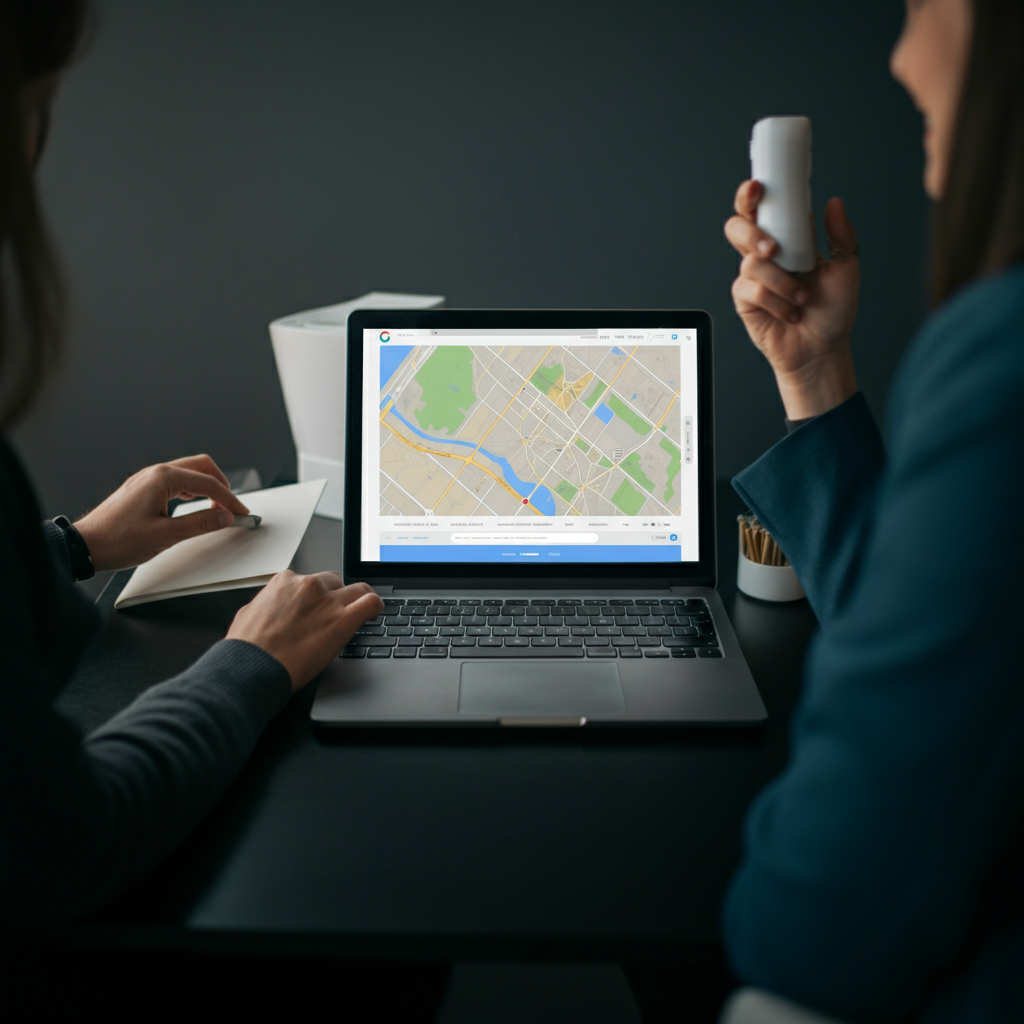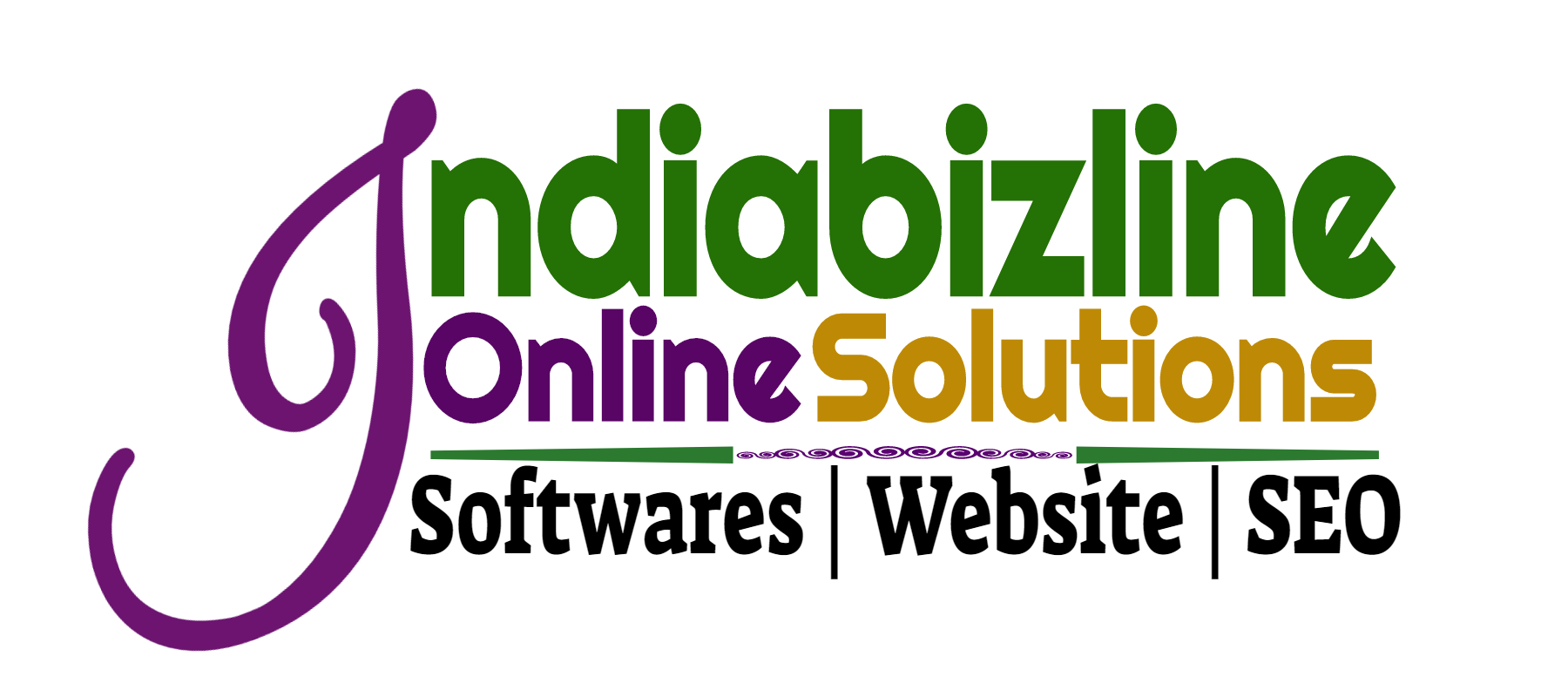
Ranking on Google Maps using a specific keyword requires a well-crafted Local SEO strategy and optimization of your Google Business Profile (GBP). Below is a step-by-step actionable strategy to help you achieve top rankings with your target keyword.
1. Conduct Competitor Analysis
Begin by identifying the top competitors ranking for your target keyword on Google Maps. Analyze their Google Business Profiles to uncover patterns, such as the categories they use, the keywords in their business descriptions, and the types of reviews they attract. Take note of their business photos, posts, and questions answered in the Q&A section. Tools like BrightLocal and SEMrush can help you gain deeper insights into their Local SEO performance. This analysis will provide a foundation to identify opportunities and gaps where you can outshine your competition.
Competitor analysis is critical for understanding what works in your niche. Here’s how to do it:
-
Find Top Competitors on Google Maps
Search your target keyword in Google Maps (e.g., “best coffee shops near me”). Take note of businesses ranking in the top three positions (Local Pack).

-
Analyze Their Google Business Profile (GBP):
- Look at their business category.
- Check the keywords in their business name and description.
- Evaluate their customer reviews and how often they respond to reviews.
- Study their photos and quality of images.
- Take note of posted FAQs and updates on their profile.
-
Analyze Backlinks and Citations
-
Use tools like Ahrefs or Moz to explore backlinks pointing to their websites. Identify local citations (mentions of their business on directories like Yelp, TripAdvisor, etc.).
2. Optimize Your Google Business Profile (GBP)
Your GBP optimization plays a central role in Google Maps rankings. Focus on the following:
-
Ensure Accurate NAP Details
Your business Name, Address, and Phone Number should be consistent across your GBP and other online directories.
-
Use Keywords Strategically
Include your target keyword naturally in your business description, products, and services offerings. For example, instead of “We offer lawn care services,” use “Our expert team provides top-rated lawn care services in [City/Location].”
-
Choose the Right Business Category
Pick the most relevant primary category (and appropriate secondary ones) that match your business offerings.
-
Add High-Quality Photos
Upload professional, geo-tagged photos of your products, service area, and business location.
-
Utilize Business Attributes
Add attributes to highlight services like “Wheelchair Accessible,” “Free Wi-Fi,” or “Pet-Friendly.”
-
Post Regular Updates
Share posts about offers, blog links, or events. Incorporate your target keyword into these updates where relevant.
3. Increase Customer Reviews and Engagement
-
Encourage Positive Reviews
Ask satisfied customers to leave reviews. Include specific requests to mention your target keyword (e.g., “I love the coffee at [Your Business Name]!”).
-
Respond to Reviews
Reply to every review, positive or negative. Engage genuinely, and use keywords strategically in your replies without overdoing it.
-
Post User-Generated Content
If customers tag your business in photos or reviews online, share that content on your GBP or social media.
4. Local Keyword Research and On-Page Optimization
-
Keyword Research
Use local keywords paired with your target keyword, such as “[Keyword] near me” or “[Keyword in City Name].”
-
Optimize Your Website for Local SEO
On your website, ensure the following elements are optimized:
- Title tags and meta descriptions with location-based keywords.
- Header tags (H1, H2) mentioning your target keyword and city.
- Structured Data Markup (LocalBusiness schema) for accurate location display.
- Add an embedded Google Map featuring your business location on your Contact Us page.
5. Build Citations and Local Backlinks
-
Create or Update Online Directory Listings
Get your business listed on relevant online directories like Yelp, TripAdvisor, Angie’s List, etc. Ensure consistent NAP details across all platforms.
-
Partner with Local Blogs/Media
Request coverage by local newspapers, bloggers, or news websites. Articles that link back to your site build local authority.
-
Sponsor Local Events
Sponsor or participate in community events to get backlinks from event organizing websites.
6. Increase Website and Local Engagement
Google values engagement metrics like click-through rate (CTR) and phone call actions from your GBP.
-
Use CTAs on Your GBP
Encourage actions like “Call Now” or “Book Online” to increase engagement.
-
Run Local Ads
If your target keyword is competitive, run Google Ads for local results. This increases visibility while building organic rankings over time.
7. Monitor Progress and Improve
-
Google Insights
Use Google My Business Insights to track views, searches, and actions taken on your GBP. Invest more in the practices that work well.
-
Local SEO Tools
Tools like Whitespark, Local Falcon, and BrightLocal help monitor rankings and track progress against competitors. Use them to optimize further and outrank competition.
Use Google Business Profile Insights to track searches, phone calls, photo views, and directional requests. Look for trends and areas to improve.
-
Track Rankings
Use tools like BrightLocal or SEMrush to monitor your rankings for relevant keywords on Google Maps.
-
Adjust Your Strategy
Revisit your GBP profile regularly to update offerings, optimize posts with trending keywords, and add new reviews/citations.
Ranking on Google Maps isn’t just about having a profile—it’s about how you optimize it, engage customers, and align your online presence with Google’s preferences. With consistent effort in optimizing your GBP, obtaining reviews, and building local backlinks, you’ll be well on your way to reaching the top positions for your target keyword.
Start with these and track your progress—success is all about persistence and optimization!
-
